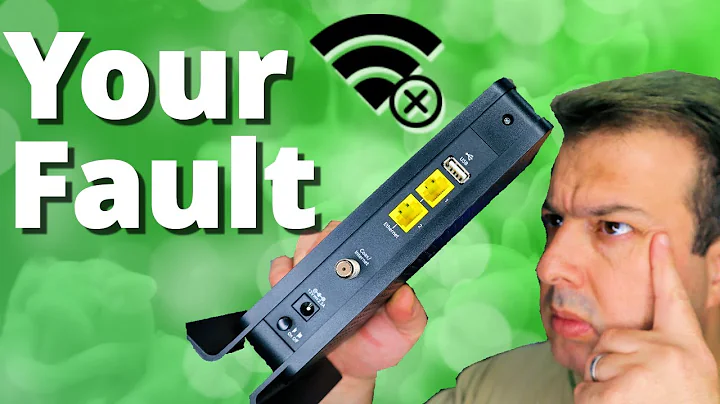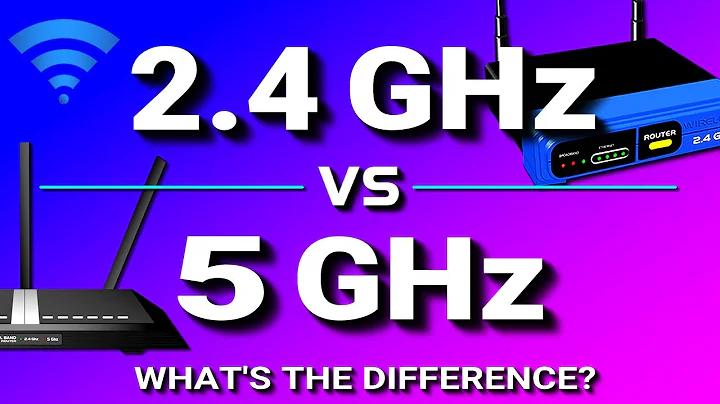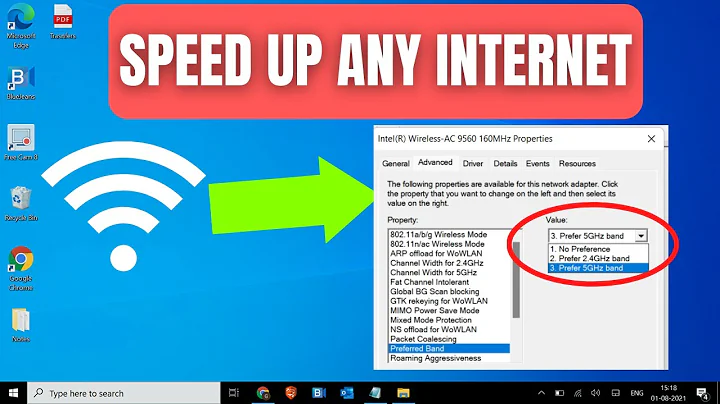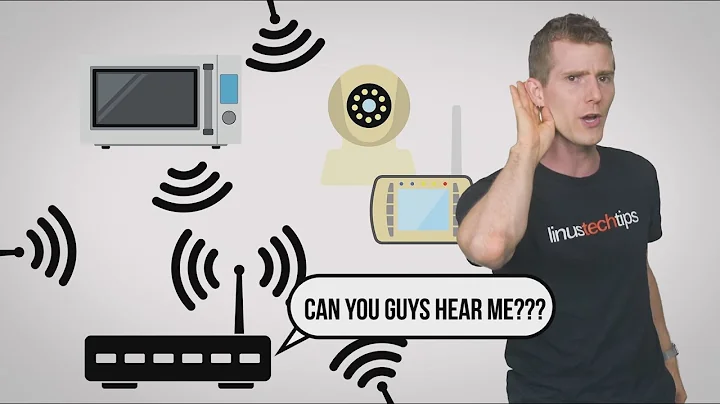 | Editor of Booth
| Editor of Booth
| Produced by Xiaomu
| Zhinaer zhinaer.cn
I believe that many readers have similar experiences: the Internet speed is fast and slow, the door is closed and the door is opened at two speeds, and I don’t know where to put the router. The signal is the best... The final analysis of these problems is that there is no clear concept of whole-house Wi-Fi.
Today, with the popularity of smart homes, the Internet experience is still not well guaranteed. When we focus on how to implement home automation , have we deliberately ignored the user's most basic life guarantee- Wi-Fi .
1Re-recognize Wi-Fi
First of all, the tool we use daily to surf the Internet is called Wi-Fi, not WiFi or Wifi. The full name of Wi-Fi is WirelessFidelity, which is wireless fidelity. It is primarily a trademark, but also represents a technology. But because Wi-Fi is developed based on the IEEE802.11 standard, Wi-Fi is basically equivalent to the former.

Essentially speaking, Wi-Fi Internet access was actually born to get rid of the extension shortcomings of limited networks. The author remembers that in college, operators often promoted a wireless network called WLAN in dormitories, and Wi-Fi is a sub-brand, or a technology, of WLAN.
Today, we are no stranger to WLAN, and it refers to wireless LAN . Wi-Fi is just one of the methods to achieve WLAN access by relying on radio frequency technology . However, due to the strong inclusiveness of the Wi-Fi alliance, we today believe that wireless Internet access is equal to Wi-Fi.
can be roughly understood like this: the network cable is laid to the user's home, and in order to realize the scenario of accessing the network everywhere, we created WLAN, and the router is the transmitting terminal of WLAN. It is responsible for converting wired signals into wireless signals, and wireless signals are Data is sent to surrounding electronic devices through radio frequency technology (essentially radio waves). The network card on the device can accept the data. Mutual recognition is achieved between the two through a standard called IEEE802.11.

Since its birth in 1997, Wi-Fi has entered the Wi-Fi7 version, supporting the highest rate of 30Gbps. Under Wi-Fi, the two frequency bands 2.4GHz and 5GHz are used. The new Wi-Fi7 adds the 6GHz frequency band.
It is worth noting that the Wi-Fi patent holder was once the Australian government. This is because the technology behind Wi-Fi was originally developed by a research team under the Australian government, and when the international Wi-Fi Alliance requested it to open its patent rights, it was rejected. The Australian government won infringement compensation from 14 technology companies in 2009, with the amount amounting to 10htmlUS$200 million.
and Wi-Fi was also selected by the Australian media as the greatest invention in Australian history. Fortunately, as early as 2013, these patents held by the Australian government had expired. At that time, approximately 45000 million devices around the world were connected through Wi-Fi.
2Why are we always troubled by Wi-Fi?
In the past two years, many people have begun to work from home, and the Wi-Fi signal may not be as strong as when they open an office in the company. Why is this?
First, you have to check what is the maximum bandwidth of your router? If the bandwidth of the wired network is 300M, but the bandwidth of the router is 150M, then it is obvious that the router limits the network speed. At the same time, even if the router meets the requirements, if there are too many people surfing the Internet in the community during peak hours, certain bandwidth resources will be taken away. After all, the total bandwidth an operator can access a cell is limited. So the so-called gigabit optical fiber you install is just a theoretical peak.
Secondly, there is another very important point: the layout of your router is not reasonable. Nowadays, many families place routers in the living room, recognizing that this can radiate the entire house. In fact, what many people don’t know is that the Wi-Fi signal cannot penetrate the wall at all!
In China, the highest transmit power of the router is 100mW. This power is difficult to penetrate the cement wall. The reason why it is limited to 100mW is due to human health considerations. So why can we still surf the Internet in the bedroom? This is because the router's antenna emits signals to 360 degrees. The signal (that is, electromagnetic wave ) will undergo processes such as direct radiation, reflection, and diffraction, and eventually some signals will enter the room.

Bedroom doors are generally made of wood, which will attenuate the signal, but will not completely block it. In fact, the Wi-Fi signal is not absolutely unable to penetrate the wall, but it will attenuate to one thousandth or even lower than the original, which is basically negligible. Therefore, it is very wrong to put the router in the weak current box for aesthetic reasons, because metal obstacles have certain dielectric and dimagnetic properties and will absorb part of the electromagnetic waves.
One more thing, our router can choose the 2.4GHz and 5GHz frequency bands. Many people mistakenly believe that 5GHz is more penetrating. They are totally wrong. In fact, 5GHz has worse penetrating ability. Because the higher the frequency, the shorter the wavelength, and the closer the wave crests and troughs, the greater the electric field difference at a certain point when the electromagnetic wave propagates in the medium, thereby increasing the loss.
Therefore, when using it correctly, try to choose 2.4GHz, and place the antenna vertically and do not spread it out (this does not increase the signal coverage). Of course, if 2.4GHz takes up a lot (such as smart home devices), then choose 5GHz. The advantage of 5GHz is that it has a wider frequency band, less interference, and can support higher wireless rates.
So how do we do whole house Wi-Fi?
basically has three solutions:
. The first is to network through Mesh, with multiple routers bridging to achieve denser signal coverage;
. The second is to lay network cables in each room that needs to access the Internet in advance, which is often called AC+AP Solution;
The third is to use a router that supports PLC to realize a network where one network cable is connected to the main route, and other sub-routes transmit signals through wires.
Relatively speaking, the third option is more popular, but you need to choose a product with real technical strength. Of course, the cost is also higher.
3Inspiration brought by whole-house Wi-Fi
In fact, with the rise of the concept of whole-house intelligence, whole-house Wi-Fi is gradually mentioned by more people. Because many smart homes based on wireless solutions currently support the Wi-Fi protocol. However, there are relatively few brands on the market that can really make the whole house Wi-Fi in-depth and thorough.
Before promoting smart homes, excellent Internet experience is the first step. This is just like the water and electricity team that enters the scene immediately during a renovation project. They must complete the hidden infrastructure first and then consider subsequent matters.
Especially for large flats and villas, reasonable planning of the whole house Wi-Fi is even more important. This is not only related to the Internet experience, but also to the subsequent implementation of whole-house intelligence. Relatively speaking, large houses are not suitable for router Mesh networking, that is, bridged signal forwarding. Although it can improve the coverage of a single router, there will still be a certain degree of attenuation.

The second and third options mentioned above actually require reasonable early planning. Network cables naturally need to be run separately, and in solutions based on PLC, PLC technology also has certain requirements for the selection of wires, wiring paths, and electrical components such as transformers.These things basically have to be implemented in the water and electricity links.
This requires that whole-house smart brands or channel vendors need to put the most basic Wi-Fi protection first. In the promotion process, whole-house Wi-Fi can also be used as an entry point to guide users to gradually accept higher-level home automation transformation.
In previous articles, "Zhi Na Na" has introduced the shopping guide role played by designers, decoration companies, etc. in the implementation of smart homes. No matter which role it is, the preparatory link of the shopping guide is to guide users to have a deep understanding of the whole house Wi-Fi. With the increase in mobile devices in a single household and the popularization of smart TVs, cameras, video locks and other products that require high bandwidth, Wi-Fi protection has increasingly become a major pain point.
Currently, most users’ understanding of Wi-Fi is still at the level of choosing a “powerful” router. They believe that the more antennas and faster the speed, the better the Internet experience will be, but they ignore it. Whole house Wi-Fi build. Due to the natural shielding of signals by concrete houses, no matter how powerful a router is, it is impossible to perfectly solve Internet access problems.
Then, for smart home channel vendors, leveraging customers with whole-house Wi-Fi may be more practical than directly promoting whole-house intelligence.





















